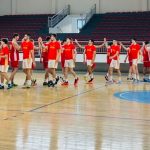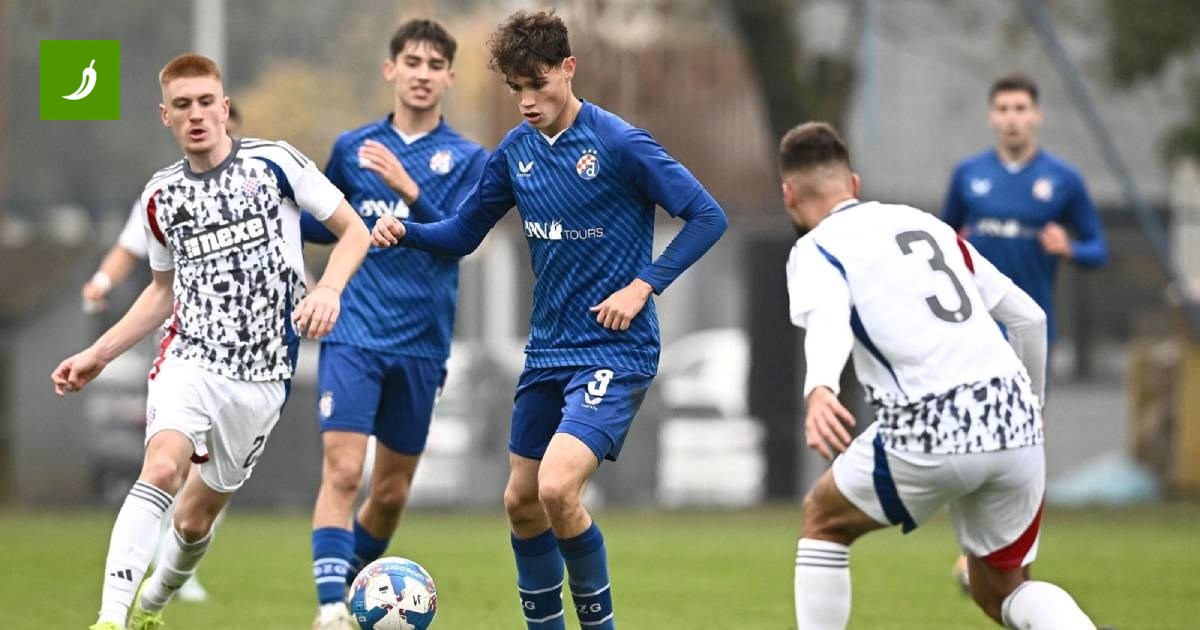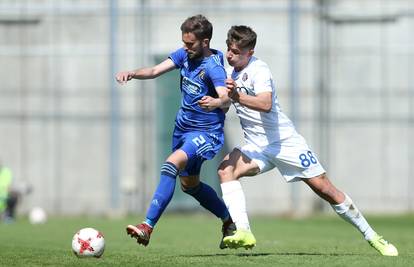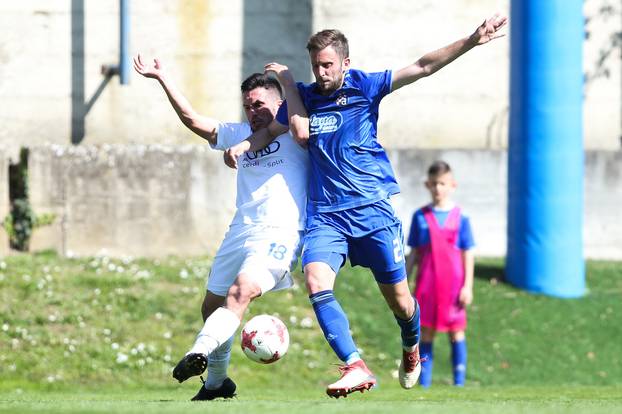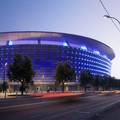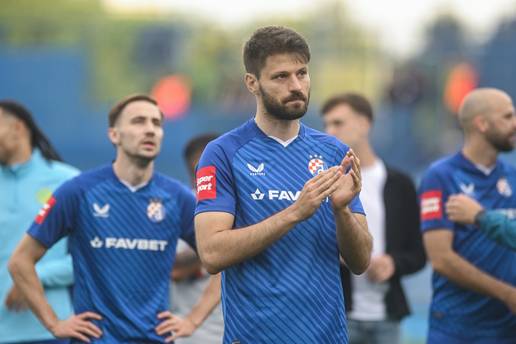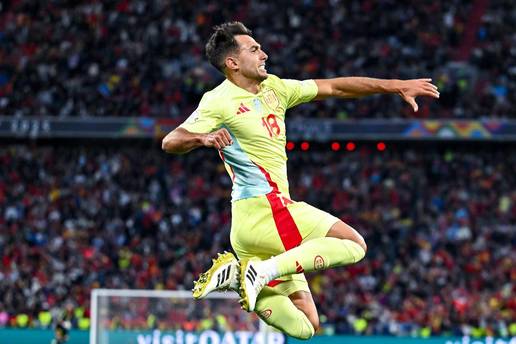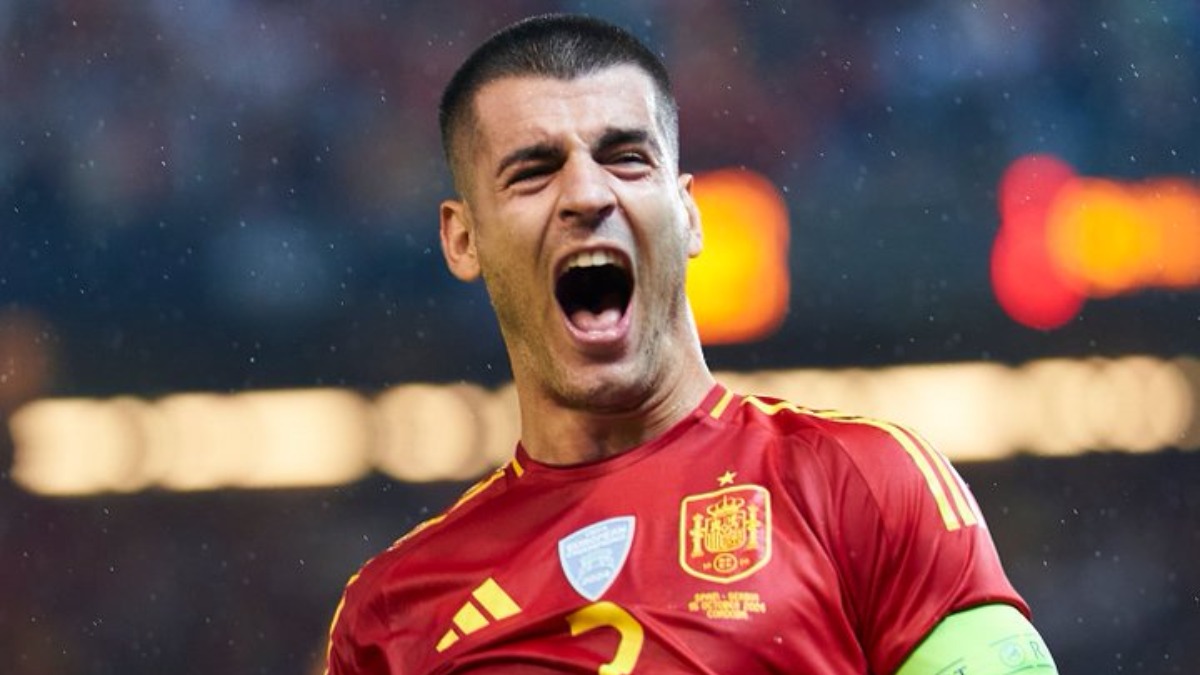The Croatian Football Federation (HNS) announced decisions regarding which leagues the second teams of Dinamo and Hajduk can enter for the upcoming season. After weeks of negotiations and disagreements, it was decided that the second teams of Dinamo and Hajduk will not play in the second or third leagues, but in the fourth tier of competition, specifically in the groups of Third NL Center and Third NL South. The clubs of the First NL did not reach a consensus on expanding the league to 16 clubs, which was one of the conditions for the second teams to enter a higher tier. Additionally, HNS confirmed that Šibenik and Marsonia did not receive licenses for the First or Second NL and were therefore placed in the third and fourth tiers. These decisions sparked various reactions within the football community, and clubs had a deadline until June 5 to agree on the conditions for league expansion, which was not met. HNS emphasized that the competition system will remain the same, with 10 clubs in the SuperSport HNL, 12 in the First NL, and 16 in the Second NL.
Political Perspectives:
Left: Left-leaning outlets emphasize the fairness and transparency of the decision-making process by HNS, highlighting the importance of maintaining competitive integrity and the concerns of smaller clubs about the inclusion of second teams from big clubs. They focus on the resistance from other clubs to the proposed league expansion and the need to protect the interests of all teams in the league system.
Center: Center-leaning sources report the facts of the decision, focusing on the official announcements by HNS and the procedural aspects of licensing and league structuring. They provide balanced coverage of the negotiations, the positions of the involved clubs, and the final outcomes without strong editorializing.
Right: Right-leaning media tend to emphasize the ambitions and financial readiness of the big clubs Dinamo and Hajduk to invest in their second teams, portraying the decision as a setback for these clubs’ development plans. They may also highlight the resistance from smaller clubs as conservative or obstructive, stressing the need for modernization and growth in Croatian football.




